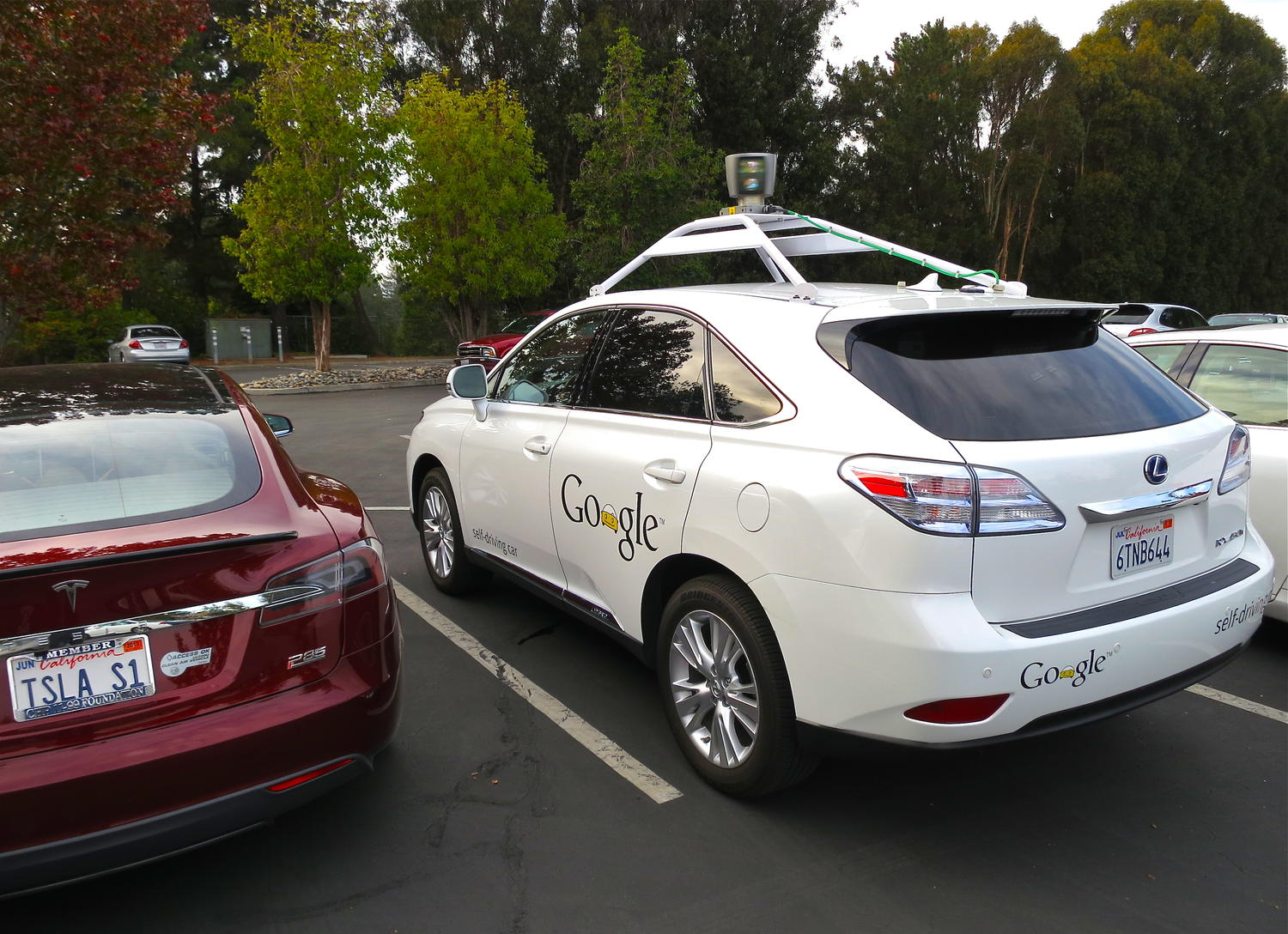
Advocates of self-driving cars were let down when Ford’s CEO said publicly that that the promise of this technology doesn’t quite match the hype.
It wasn’t long ago when self-driving cars (often referred to as autonomous vehicles) were highly touted as the wave of the future. We here at TriplePundit should know: Look us up and you will see that we have given this technology plenty of coverage. Intel and Apple are among the various companies that moved quickly into this exciting sector.
And why not? After all, this seemed like a future that couldn’t come fast enough. Imagine no longer having the financial and logistical headaches of owning a car, as you would simply order one to take you to places where you live, work and play. Consider the added bonus of these cars eventually becoming all-electric and charging up with power derived from renewable technologies such as solar and wind. It’s easy to envision self-driving cars being the answer to many stubborn problems, from reducing car accidents to relieving traffic congestion and, of course, curbing air pollution.
But then a bump, or should we say series of bumps, hit the road. Google and Uber got into an epic legal fight over accusations of brazenly stolen self-driving car technology. That project, which is now Waymo, has had its struggles with an ongoing pilot program in a suburb of Phoenix. Uber shuttered its self-driving program after one of its self-driving vehicles was involved in the death of a pedestrian in Tempe last year.
Advocates of self-driving cars were let down yet again earlier this week when Ford’s CEO, Jim Hackett, said publicly that the promise of this technology doesn’t match the hype.
“We overestimated the arrival of autonomous vehicles,” Jim Hackett told an audience at a Detroit Economic Club event, as reported by Bloomberg. The automaker still plans on rolling out its first self-driving car in 2021, but Hackett clearly wanted to lower expectations of how soon this technology will become mainstream on our streets and highways. His statement isn’t surprising, considering the company is in the midst of a multibillion-dollar restructuring as it focuses on manufacturing SUVs and trucks—though the company’s actions over the past several years indicate self-driving cars are still part of its future.
“While self-driving cars might have seemed imminent only a few years ago, executives are now more circumspect, and there is much more focus on the limitations of the technology,” technology reporter Ruth Reader wrote in Fast Company.
So, is it time to say RIP to self-driving cars?
Hardly. But the wait till mid-century will most likely be the reality. General Motors appears to be bullish on Cruise, its subsidiary focused on autonomous vehicle technology. GM has also entered into an alliance with Ford and Toyota with the goal to establish effective regulations governing this technology. And in Japan, Honda has joined Toyota and SoftBank to advance self-driving technology.
Despite the reports of self-driving pilot programs failing or infuriating local residents, the future is coming—it’s not a matter of if, but when. That when, however, could be a few decades away.
After all, the logic behind self-driving technology makes sense—more livable cities, safer streets, cleaner air and reduced traffic congestion could be the norm. But all these stakeholders in the autonomous car space have to address this fundamental challenge: Even if self-driving cars will operate safely and flawlessly, they will be sharing the roads with human drivers who far too often don’t drive carefully. Nevertheless, many drivers will long be welded to staying behind the wheel; it will the automakers’ task to convince consumers that this next-gen technology is in their best interest—and in the best interest of society for the long term.
Image credit: Steve Jurvetson/Wiki Commons

Leon Kaye has written for 3p since 2010 and become executive editor in 2018. His previous work includes writing for the Guardian as well as other online and print publications. In addition, he's worked in sales executive roles within technology and financial research companies, as well as for a public relations firm, for which he consulted with one of the globe’s leading sustainability initiatives. Currently living in Central California, he’s traveled to 70-plus countries and has lived and worked in South Korea, the United Arab Emirates and Uruguay.
Leon’s an alum of Fresno State, the University of Maryland, Baltimore County and the University of Southern California's Marshall Business School. He enjoys traveling abroad as well as exploring California’s Central Coast and the Sierra Nevadas.














